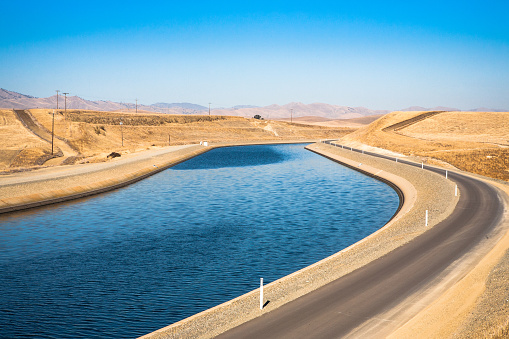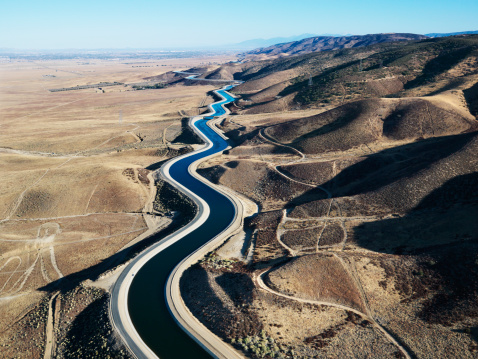By Kelli Ramirez
Fifty years ago, the Big Mac debuted, Boeing introduced the first 747 jumbo jet, and 60 Minutes aired on television. However, for the state of Arizona, these milestones paled in comparison to September 30, 1968, the day Lyndon B. Johnson signed the Colorado River Basin Project Act, legislation that authorized construction of what we now know at Central Arizona Project (CAP).
CAP is a 336-mile long system of aqueducts, tunnels, pumping plants and pipelines that delivers Colorado River water to central and southern Arizona. It is the state’s largest renewable water supply and critical to our economic health.
But approval of CAP wasn’t easy. Decades-long intense legal battles were waged among the states served by the Colorado River as to who and how much of this precious resource they would receive. Great Arizona leaders like Senator Ernest McFarland, Senator Carl Hayden, Senator Barry Goldwater, Representative Morris Udall, Representative John Rhodes, Secretary of the Interior Stewart Udall and others never gave up the dream and the fight for the legislation that gave us CAP.
Today, CAP is a lifeline for our state. Its existence accounts for at least one-third of the entire Arizona gross state product. It has helped our state grow; our population has more than quadrupled since 1968.
However, over allocation and extended drought are causing levels in Lake Mead to fall, creating a potential threat to our supply. To avoid shortage, CAP and its partners are working hard to conserve water in Lake Mead and ensure the continued reliability of Arizona’s Colorado River water supply. We are committed to protecting, preserving and enhancing what past generations were able to fund and build.











